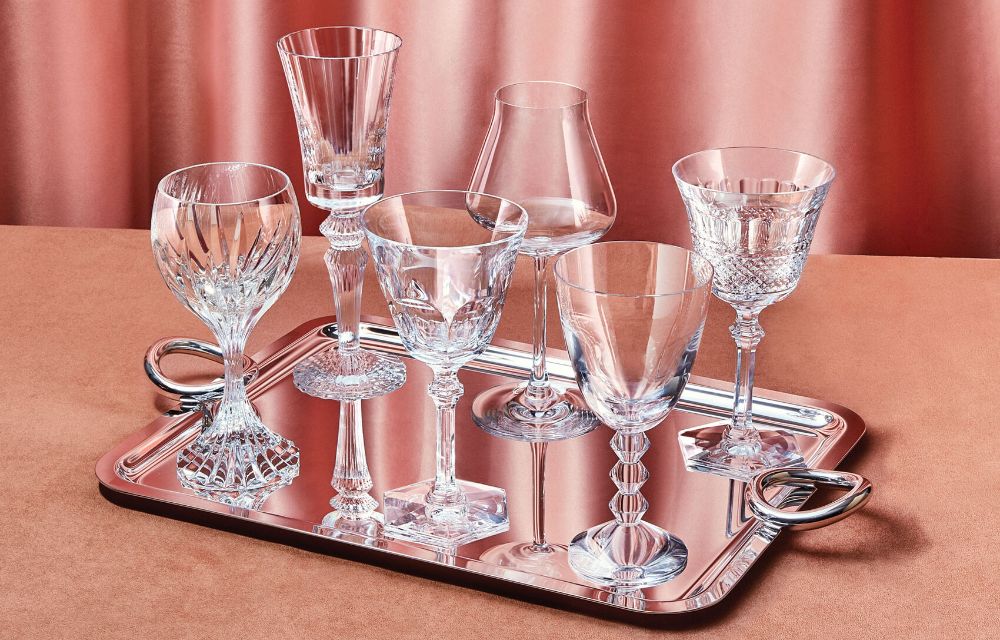

Sire, France lacks art glassware... while our lumberjacks are out of work
This is how a Vosges forest owner addressed Louis XV in 1764. After the closure of the Rozières salt mines, the one who was also a bishop wondered how he could continue to exploit the wood brought to Baccarat by float. With the support of the king, who wanted to restrict the import of glass products from Bohemia, the Verreries Sainte-Anne were created and manufactured, initially, windowpanes, mirrors and glassware.
In 1785, the factory was the third largest glass factory in Europe, but during and after the French Revolution, economic difficulties accumulated and it finally went bankrupt in 1806. In 1816, the financier and industrialist Aimé-Gabriel d'Artigues bought the factory and turned it into the Baccarat crystal factory. By associating with the best craftsmen of the region, he brought it back to life thanks to the success of the Harcourt service.
This collection of glasses with beautiful sculptural lines, a hexagonal base and cut crystal with 6 flat ribs is still one of the greatest successes of the Baccarat house. It is still on the tables of the great diplomatic meetings, almost two centuries after its creation.
Transforming materials into objects of desire has been the mission of Baccarat's craftsmen for more than 250 years. By mastering the gestures and exploiting the sculptural properties of crystal, they have created various luxury products: decorative objects, furniture, jewelry, lighting, etc.
Known for their crystal of great purity, these products require a great deal of time and technical know-how, which surely explains why Baccarat has the largest number (15) of "Best Craftsmen of France" among the French luxury houses.
An excellence that enjoys the best possible ambassador: the Elysée Palace, whose tableware is all signed by the historic crystal factory.
Located in the heart of the "Château", the former home of the factory's directors, the Baccarat Museum reconstructs the home of a collector and presents, in 4 rooms, nearly 700 objects, including several historical pieces. In a scenography that also highlights the virtuosity of the crystal craftsmen, the visitor can admire a crystal chandelier and furniture, perfume bottles and spirit bottles, paperweights... so many art objects sometimes engraved, by hand and in color, with delicate motifs.
The small town of Baccarat also preserves other emblematic sites of the world-famous factory, such as old workers' houses that have been beautifully restored (and are still inhabited) and the Sainte-Anne chapel. The chapel was built in the 18th century for the glassworks' personnel and today it hosts the summer exhibitions of the still active luxury house. In the hall opposite the museum you can still hear the uninterrupted blast of its furnaces.
To prepare your visit, go here.
Valerie from Comme des Français
---
Discover other precious French know-how
Crédit photo : ©Baccarat